national appreciation for major exhibitions
Nationwide, museum visits have yet to recover after Corona, but the Fries Museum more than met its targets with 114,000 visitors. This was partly due to two highly rated exhibitions. À la campagne: French Light from Maris to Monet, about nineteenth-century painting, was rated 8.5 by visitors. Dutch newspapers NRC awarded the exhibition four stars, which they described as ‘a feast for the eyes’; De Volkskrant spoke of ‘a wonderful exhibition’; and De Telegraaf complemented ‘the rooms bathed in warm, shimmering summer light’. À la campagne was part of the triennial Arcadia, the follow-up to Leeuwarden-Fryslân Cultural Capital of Europe 2018. Thanks to the renovation and renewal of Museum Boijmans Van Beuningen, works by acclaimed painters such as Cézanne, Monet, Pissarro, Gauguin, Maris, Van Gogh, Sisley, Boudin and Weissenbruch travelled from its newly opened depot in Rotterdam to Leeuwarden for this one-time-only exhibition.
Freedom, Feuds, Purgatory, a major exhibition on the Middle Ages, opened in the autumn and can be visited until 7 May next year. Again, NRC awarded it four stars and De Telegraaf proclaimed: ‘The exhibition Freedom, Feuds, Purgatory at the Fries Museum opens up a fascinating world worthy of a TV series.’ Freedom, Feuds, Purgatory is based on the latest scientific findings about life in the north during the High and Late Middle Ages. The AVROTROS television programme Historisch Bewijs (‘Historical Evidence’) delved into the myth of Grutte Pier’s sword. Viewers asked questions such as: does the dating of the sword correspond to the time in which Pier lived, and was the gigantic sword, measuring 2.13 metres long and weighing 6.6 kilograms, really used in battle? The answers: Yes and yes! Physical remains of ‘kletsies’, a type of spear that could also be used as a vaulting pole, were also found in the depot this year. These peculiar objects, previously thought to be ‘travel candlesticks’, turned out to be the feet of kletsies. This discovery sheds more light on the Frisians’ idiosyncratic history. Whereas À la campagne attracted numerous art lovers from across the country, Freedom, Feuds, Purgatory has been well attended by history buffs.

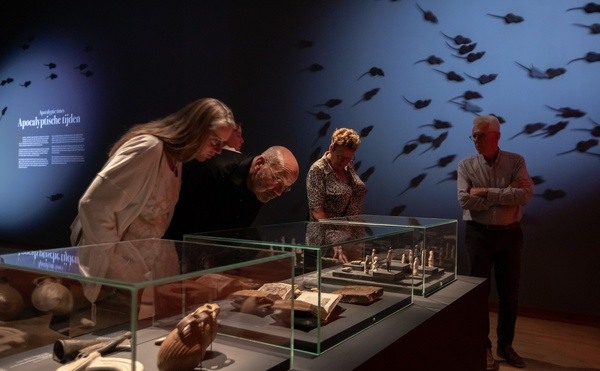
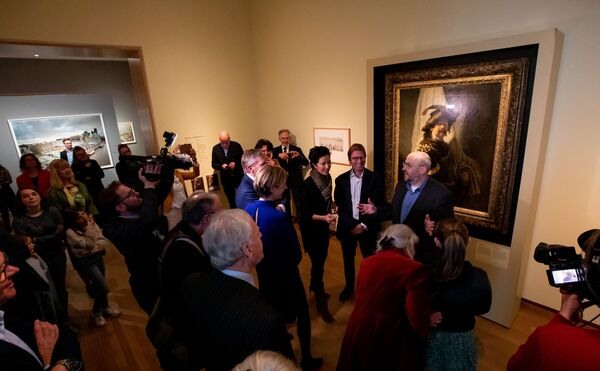
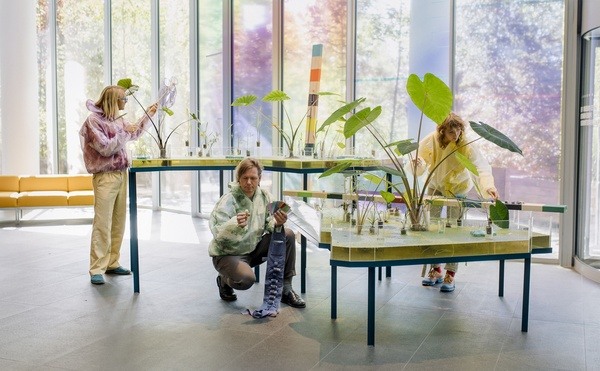

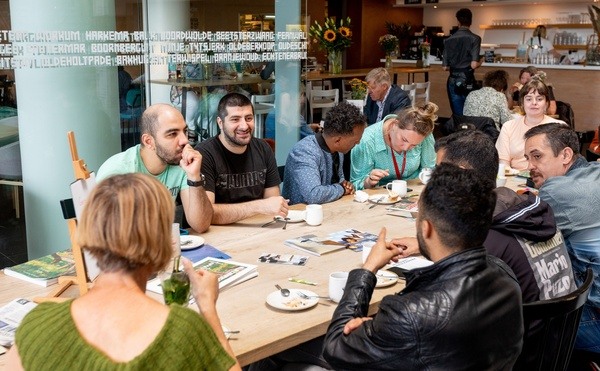

%20avrotros.png?width=600&height=371&mode=crop&converttowebp=1)

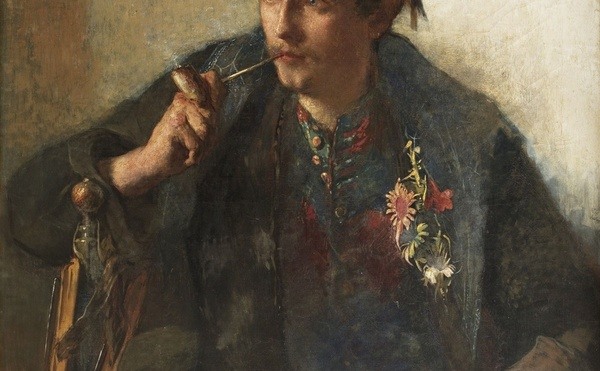
%20avrotros.png?width=360&height=240&mode=crop)